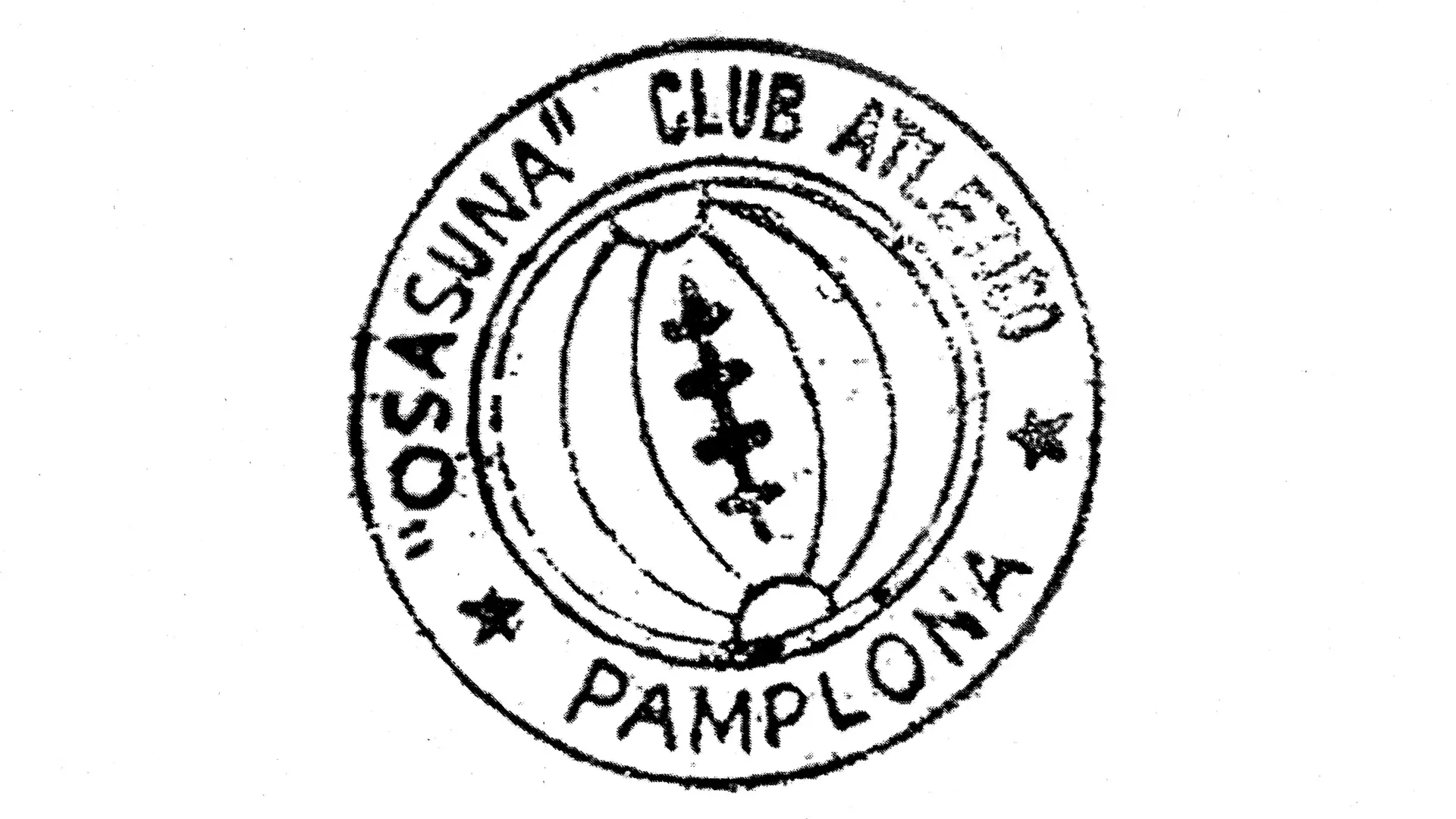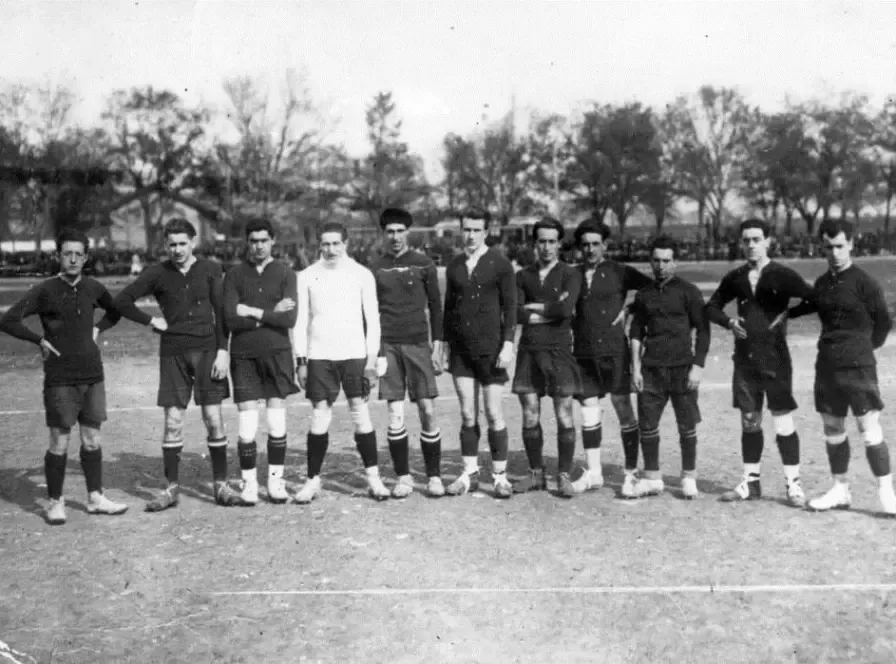October 24, 1920
Where it all began
On October 24, 1920, a passion named Osasuna was born. This decision was made during an assembly held that day by the members of La Sportiva, a club originally founded in May 1919. The assembly came after the conclusion of negotiations with a group that had split from the same organization a few months earlier and had formed under the name New Club. The meeting took place at Café Kutz, located in Pamplona’s Plaza del Castillo, the chosen setting for the gatherings that helped heal the rift caused by political disagreements. La Sportiva brought its brief history to a close, and under the name Osasuna, both groups were brought together.
During that same assembly, a Board of Directors was elected, comprising individuals from both factions that had previously been in dispute. In fact, the bylaws of what the founders themselves described as a “new society” explicitly stated in Article 15: “As the nature of the club is unrelated to any political or religious ideology, members must refrain from engaging in discussions on either subject within the club premises.”

Osasuna’s first Board of Directors was composed of the following members: Eduardo Aizpún (President), Joaquín Rasero (Vice President), Ignacio Perillán (Secretary), Inocente San José (Treasurer), and Francisco Altadill (Accountant). The Board also included the following members as board representatives: Miguel Pi, Néstor Aldave, Felipe Azagra, and Antonio Leoz. Subsequently, Eladio Cilveti, Pepe Huici, and Gerardo Arteaga were appointed to the Sports Advisory Committee.
By the end of December 1920, Rasero succeeded Aizpún as President. Both men were the most prominent figures in the early history of the Club.
During the assambley on october 24, 1920, the name of the new club was approved, osasuna, a basque word which meant "health." its adoption was a notable departure from the trend at the time of naming football clubs with English terms.
Alongside the name came the decision to wear red, a symbolic tribute to the flag of Navarre, firmly rooting the club’s identity in its homeland. Osasuna also established a new headquarters, leaving behind the former offices of La Sportiva in Calceteros 12 to settle on Pascual Madoz.
That very afternoon, October 24, 1920, Osasuna stepped onto the pitch for the first time, facing the Regimiento de la Constitución, one of the military units based in Pamplona. The match ended in a 1–1 draw, played at the Ensanche field, which would serve as Osasuna’s home ground until the club moved to the Hipódromo in February 1921.
A few months later, in January 1921, the club's full name—Club Atlético Osasuna—appeared in official documents for the first time, marking the beginning of a new chapter. And in 1922, Osasuna unveiled its first crest, a design attributed to Humbelino Urmeneta. The emblem already bore the defining elements that would follow the club throughout its history: red, blue, a lion, and a crown. In that original version, a football stood in the background, proudly tying the symbol to the sport that sparked it all.









